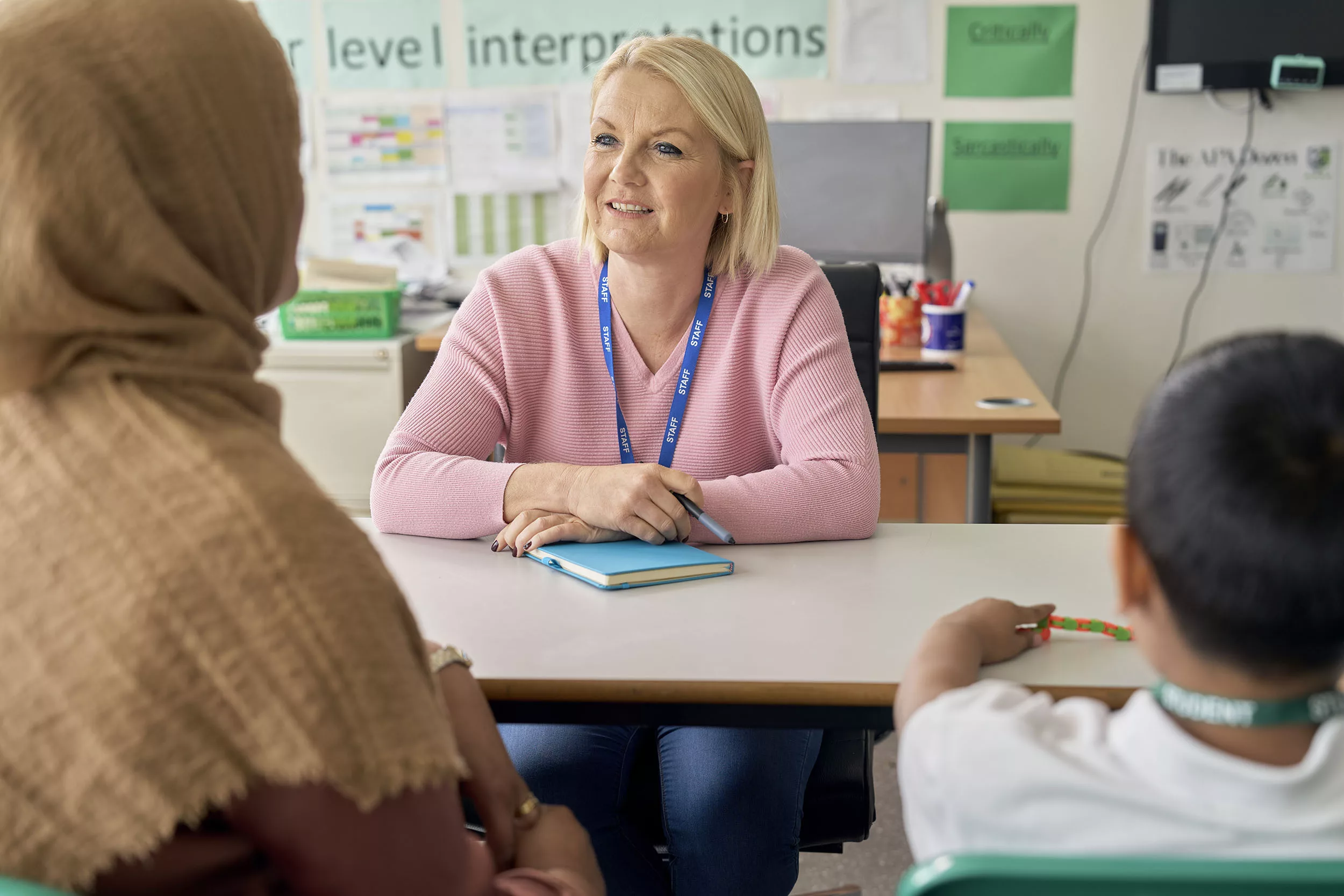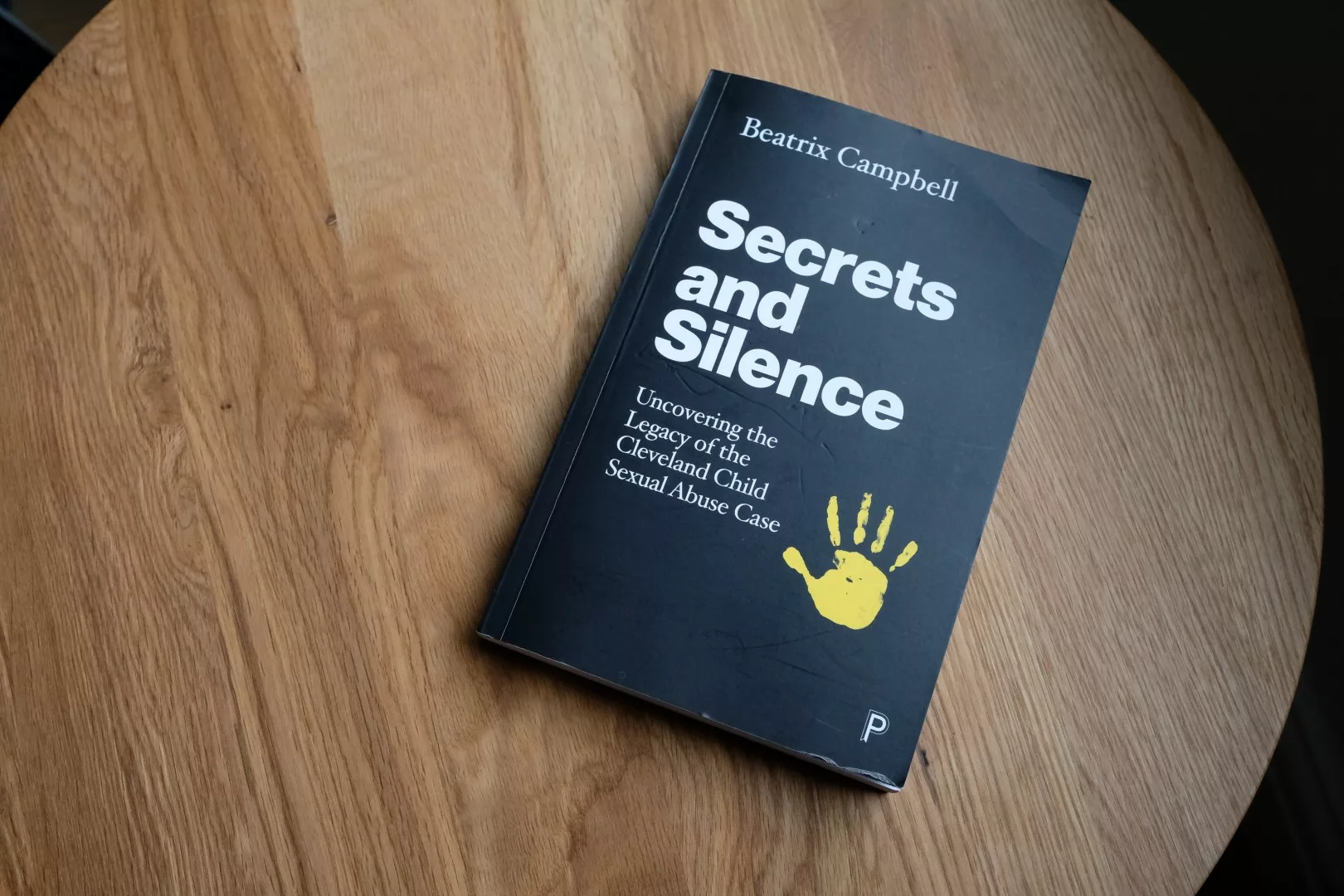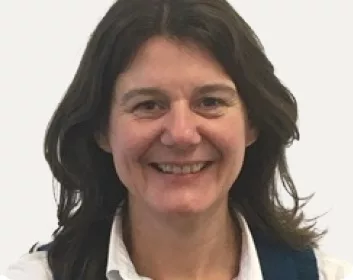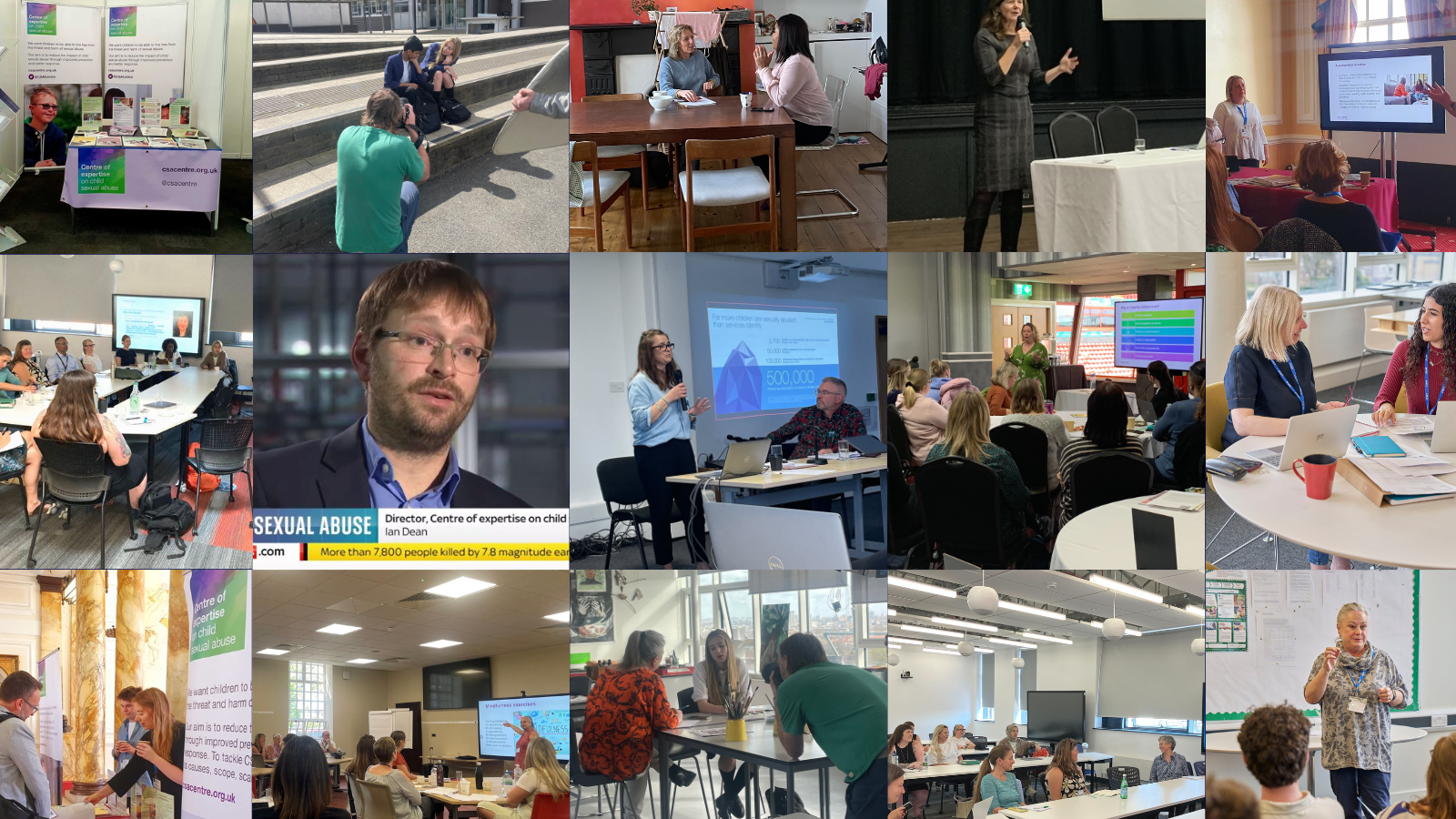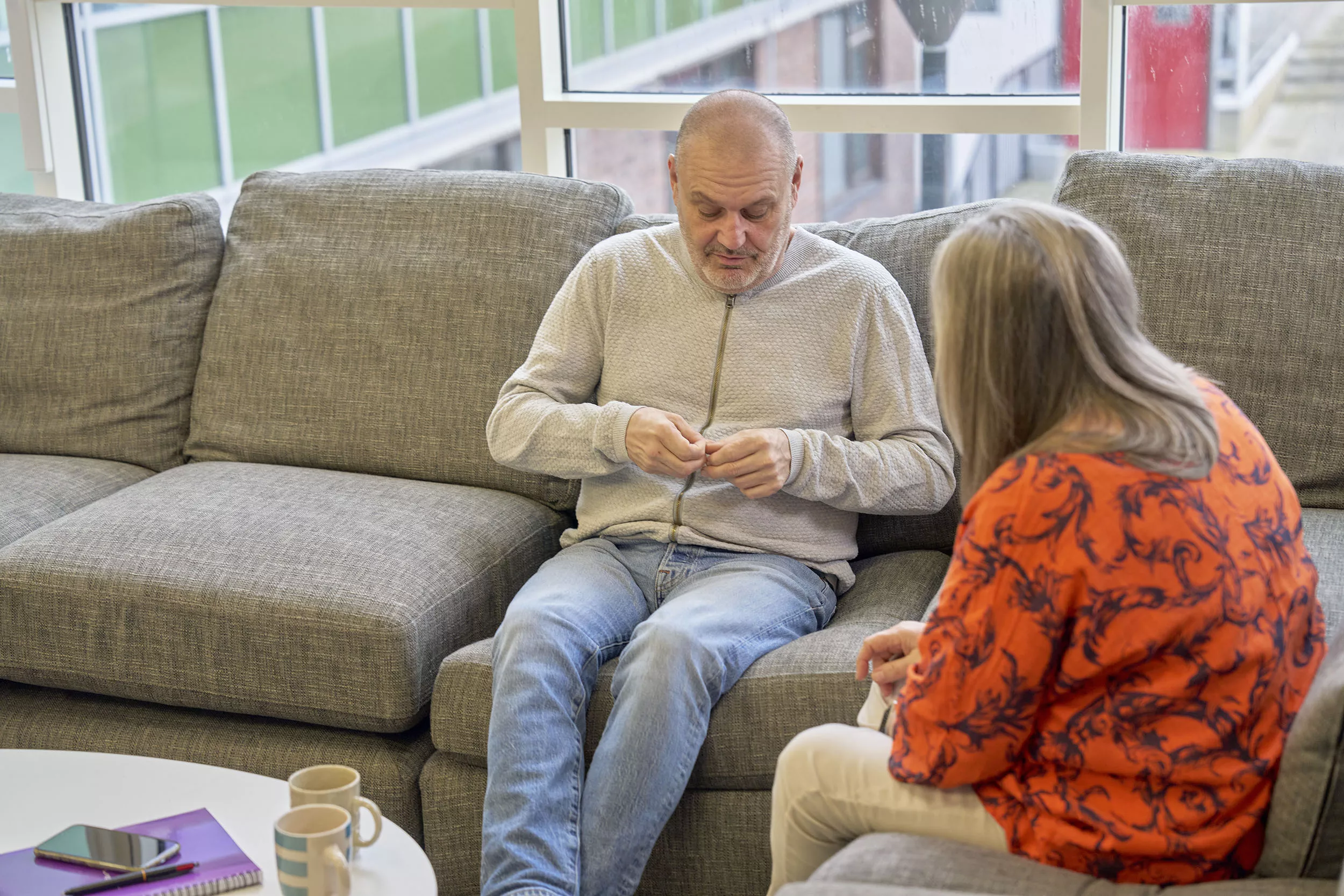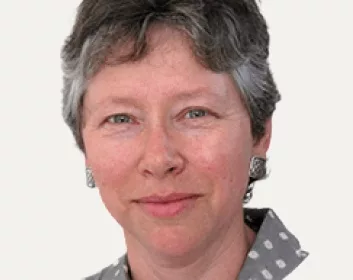This month, the CSA Centre’s Director, Cassandra Harrison, gave evidence to the House of Commons Home Affairs Select Committee as part of its ‘policing for the future’ inquiry. Here, she reflects on the challenges society faces in preventing and responding to child sexual abuse and what is needed to improve our capacity to better protect children.
The Centre of expertise on child sexual abuse was established last February to help bring about system-wide change in how child sexual abuse is responded to locally and nationally by identifying, generating and sharing evidence of what works in response to child sexual abuse. This is fundamental to preventing child sexual abuse and protecting children. Over the last year though, it has become increasingly obvious to us at the CSA Centre that our ability to understand the full picture of child sexual abuse in this country, track trends and identify what works in response is limited by the data currently available. These gaps and weaknesses in both administrative and prevalence data are highlighted in our Scale and Nature report; filling these gaps is an essential step in ensuring that all children can live a life free from sexual abuse and its impacts.
The knowns and the known unknowns
We know that child sexual abuse happens across the country and cuts across geography, class and culture. The most recent (but still nine years old) prevalence surveys suggest that around 15% of girls and 5% of boys experience child sexual abuse in England and Wales, but because each of those surveys only happened once and they asked different questions of different groups of people, we cannot make comparisons or track trends over time.
Although child sexual abuse offences recorded by the police have increased significantly over recent years, this agency data can’t tell us whether rises are due to the scale of abuse increasing or increased willingness of people to come forward and practitioners’ increasing ability to identify it. In the vast majority of cases where children are sexually abused, children don’t verbally ‘tell’, and if they do it tends to be when they’re adults; the 2016 Crime Survey for England and Wales found that 74% of people who had experienced abuse didn’t tell anyone at the time.
The limitations of both the administrative and prevalence data means that we are currently making decisions about our response in a fog, where some aspects of child sexual abuse come to the surface at certain times but we struggle to see the whole of the problem.
Clearing the data fog
In order for us to clear the information fog and ultimately improve our response to child sexual abuse, we need to improve administrative data. We are already working with a number of local areas and different agencies to help improve the consistency and quality of that recording.
But we also really need a national prevalence survey that is repeated over time so that we can track trends and better understand children’s experiences. Prevalence surveys enable us to ask questions of a general population and can pick up experiences that aren’t necessarily known to the criminal justice, social services or other professional systems.
What about offending?
Unfortunately, we currently know very little about people who commit sexual abuse against children in this country. Criminal justice data lacks both basic demographic profile of perpetrators and victims, but also the contextual information (the relationship between the perpetrator and victim, whether there’s an online element to the abuse, and whether crimes have multiple perpetrators or are committed against multiple victims).
One of the characteristics that is routinely collected is gender, so we do know that the vast majority of perpetrators of child sexual abuse are male and existing prevalence studies tell us that they are most likely to be known to their victims. This lack of contextual information means that it’s very hard to disaggregate the different characteristics based on patterns of offending.
It is vital that we gain a better understanding of child sexual abuse perpetration and its place within understandings of wider sexual offending. This is necessary to support effective policy-making, and wider discussions about how to improve capacity to prevent abuse from happening and protect children when it is taking place. We recently released five scoping reports on child sexual exploitation perpetration, which has helped us shape our future work in this area. This includes developing a new typology of child sexual abuse offending and producing ‘Key Messages from Research’ reports on both adults and young people who engage in child sexual abuse.
Online child sexual abuse
The internet has created new mechanisms for child sexual abuse to be committed, through targeting and contacting children. We’ve also seen a significant rise in the number of child sexual abuse image offences recorded by the police, increasing four-fold in three years (figure, p32).
As professionals, we often talk about online and offline abuse as if they are distinct, but the reality is much more complex than that. Given how integral the internet and social media are to all of our everyday lives, the internet and social media will be present in many abuse cases that we might traditionally think of as offline; the internet can be used in abuse that takes place within families and institutions as a mechanism for control, fear and threat over children. Therefore, we all need to be very careful about creating false distinctions, when for children it is all integrated in their experiences.
We should consider the expectations and principles we have in the offline world; we don’t let children spend time in sex shops, play with toys that haven’t passed rigorous safety standards or spend time with people unsupervised that we haven’t checked and vetted. So, how do we apply some of those principles and create safe spaces for children online?
As with the offline world, it’s likely to be through a combination of legislation and regulation, corporate social responsibility and consumer expectation that will get us to that point.
Working together to tackle child sexual abuse
The responsibility for ending child sexual abuse cannot and does not lie with any single agency; child sexual abuse is a societal problem which requires a societal response. This means we need to get upstream of the problem and think of holistic approaches to make safe spaces for children online and offline, support young people to understand healthy relationships, and support people who find themselves concerned about their own or other’s feelings or behaviours.
We cannot simply wait for abuse to happen and expect the police to catch the abuser and bring them to justice; if this is the limit of our ambition then we as a society will be failing children.

